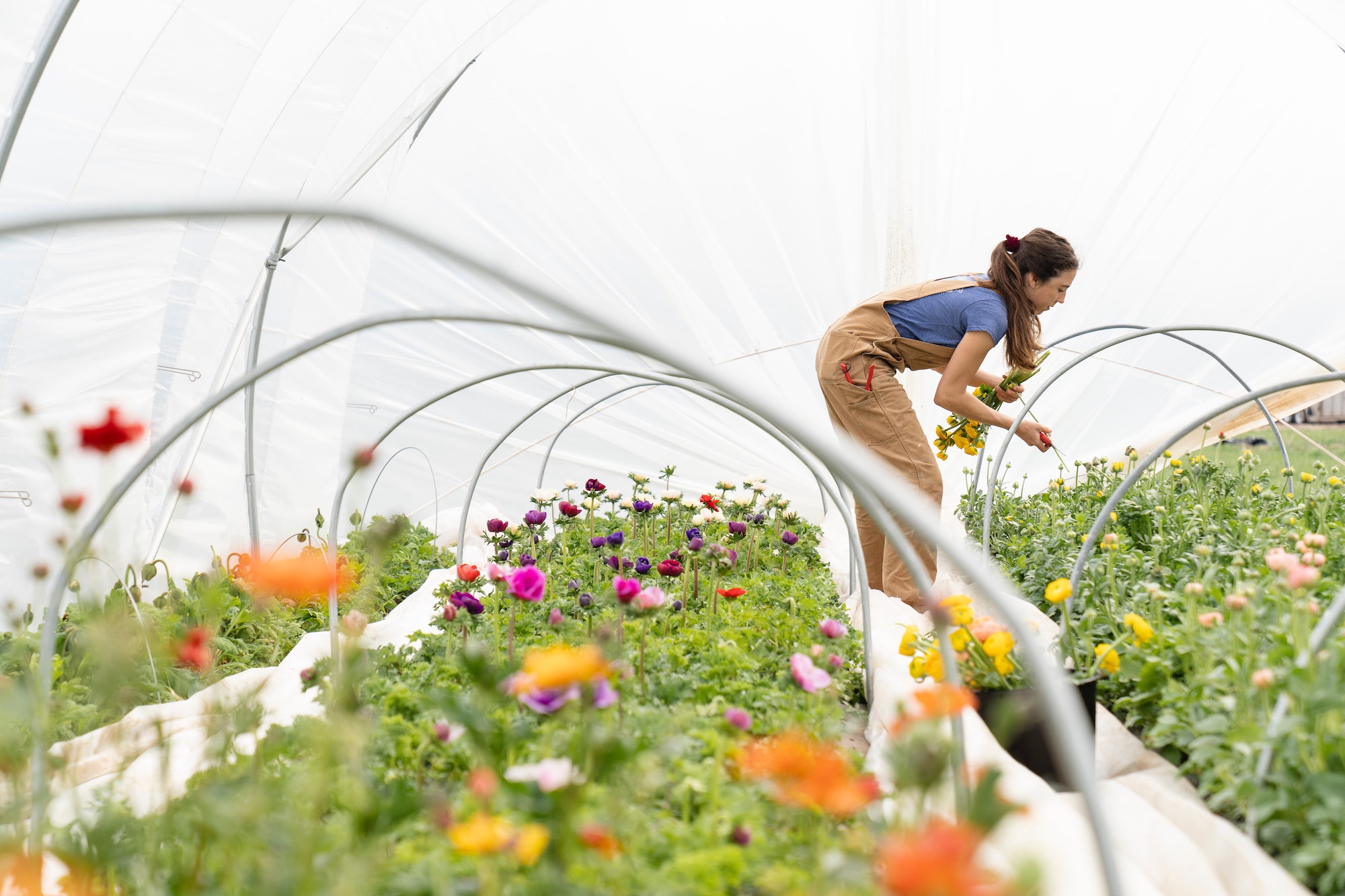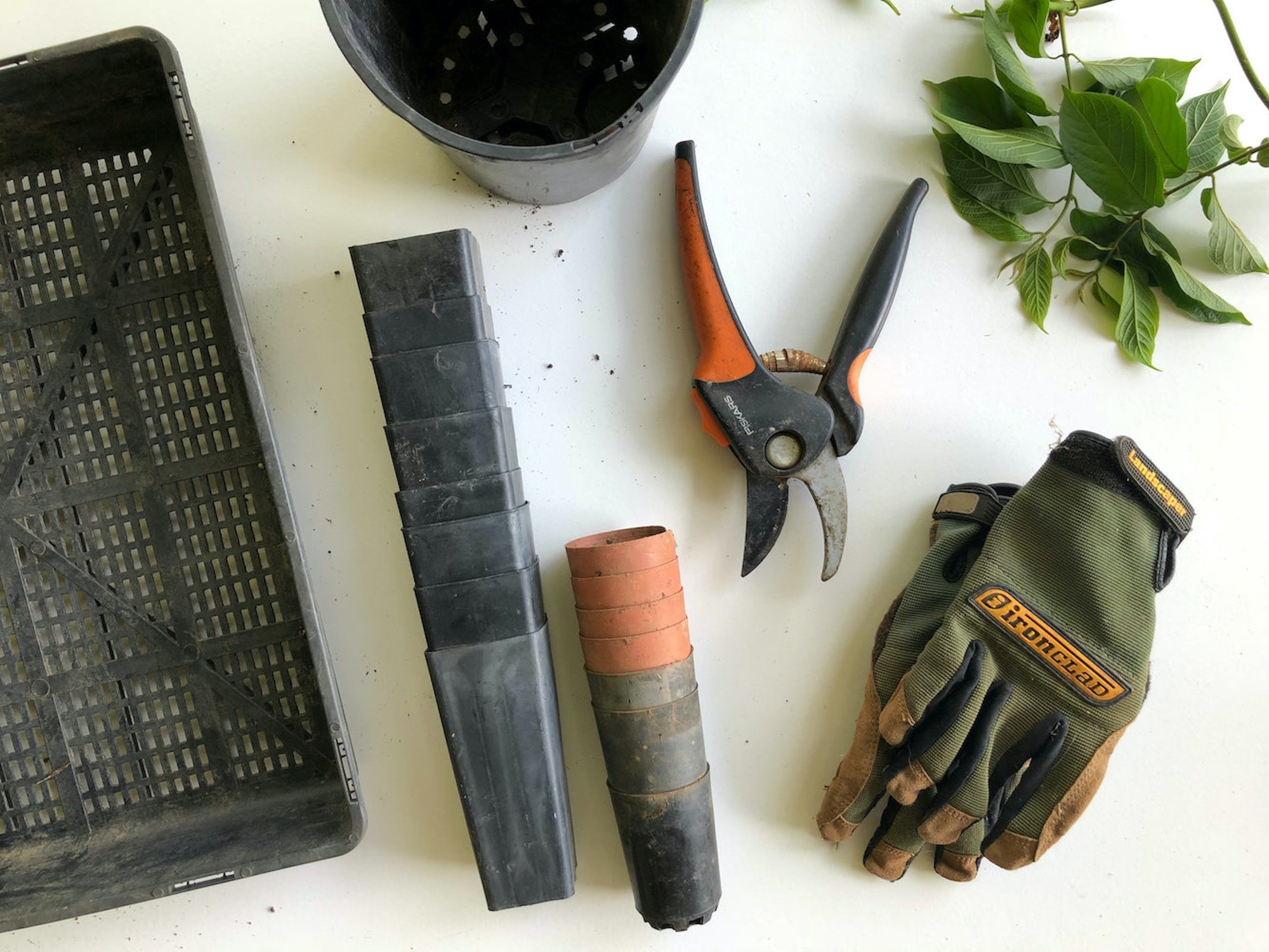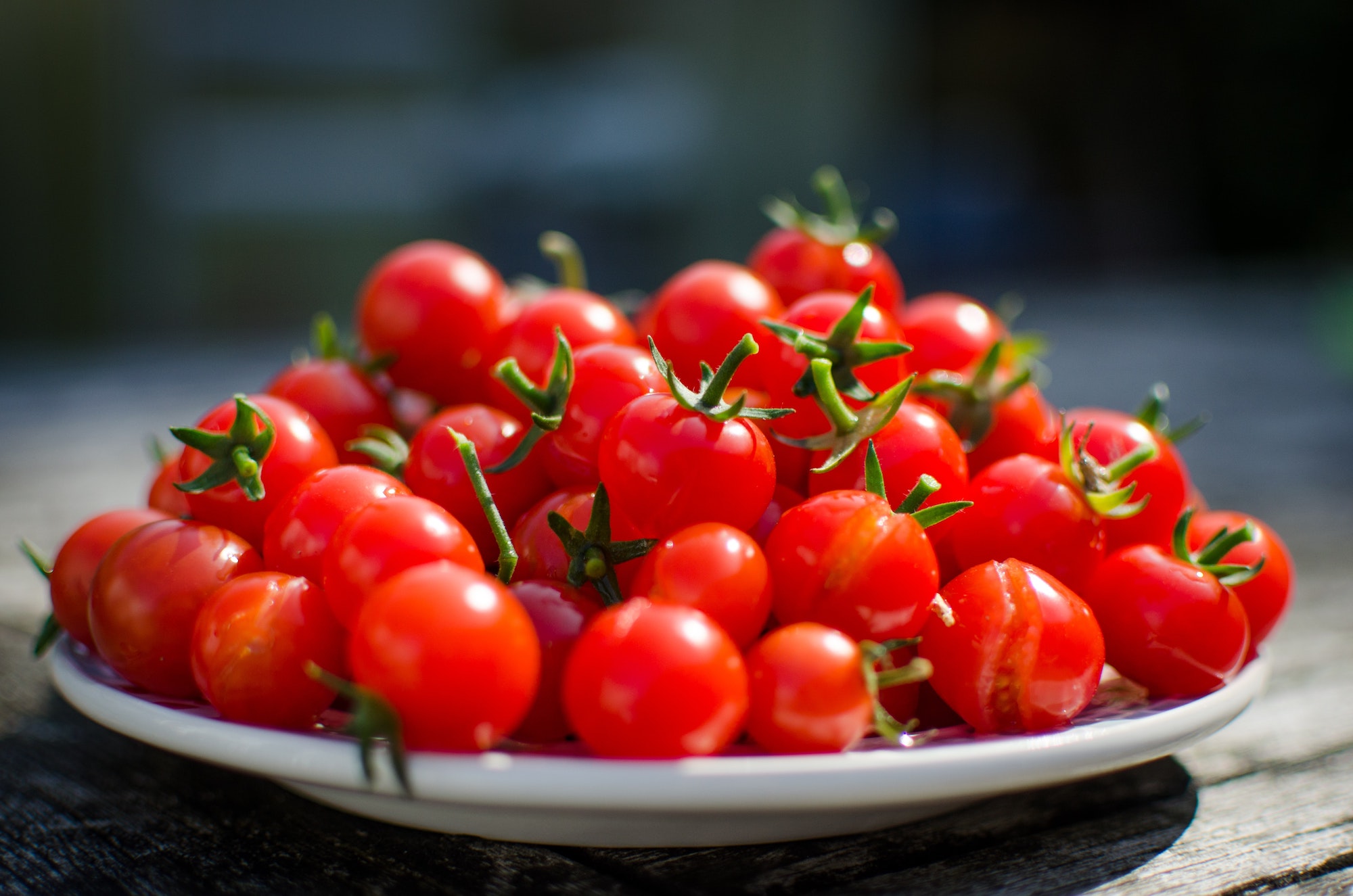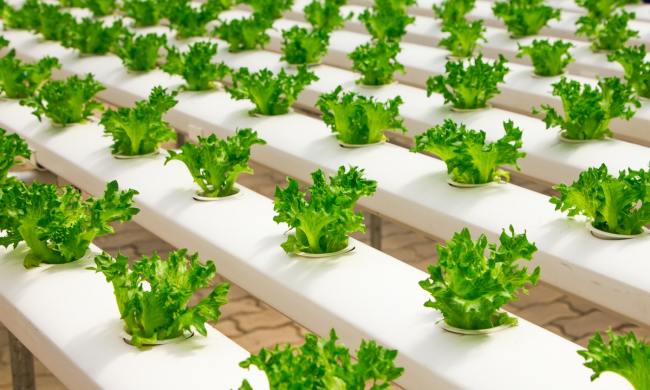Whether you’re tired of running to the store for tomatoes or want to grow flowers to beautify your home, there are many benefits to learning how to garden. Proper tactics for nurturing plant life can save you time and money, and also become a highly-enjoyable hobby. If you’re starting with nothing, you may ask, “How can I learn gardening?” It does not require any special kind of person — just practice, supplies, and knowledge. Take a look below at seven key points that will get you started on the right foot.
What makes a good gardener?

Having the ability to create a plan
You may have heard the phrase, “If you fail to plan, you are planning to fail.” The first skill set of an aspiring gardener is to be able to craft an annual plan. Within this plan should be details about the types of seeds you’ll be planting, the time to grow and harvest each one, and the supplies and schedule you will require to properly induce abundant growth. It helps to set goals while crafting a functional framework.
Consistently exercising patience
Some plants can sprout fairly quickly, but the fact is, growing anything takes time. Especially in regard to produce, fruits and vegetables take time to sprout and multiply. Specific plants go through a blossoming phase as well. There are also instances where a seed you planted struggles to sprout at all or becomes jeopardized by pests. Keep trying, and acquaint yourself with as many resources as possible to learn better ways to garden.
What tools facilitate great gardening?

Tools for digging
There are three main digging tools you’ll commonly use. The first one is a spade. You can think of this as a small handheld shovel, typically no more than a few inches long. You can use this to loosen soil and break up lumps. The second is a fork. Not the kind you eat dinner with, but a pronged tool, about the same size as the spade, and used to till small patches of dirt. Lastly, a shovel is needed, which is the largest of the three. Shovels are about the height of a man and hold a large, curved metal scoop at the bottom. A shovel is used to dig large holes or create bigger disturbances in the earth.
Tools for pruning
The two most common pruning tools are shears and saws. Shears can come in a variety of sizes and look very much like oversized scissors or pliers. They are designed for cutting thinner plant cuts like stems, brittle twigs, shrubbery, and flowers. Saws are long metal slats with jagged edges used to cut heavier, thicker plant life, like tree branches, trunks, and other thick, wooden logs.
Tools for working with soil
Tools for working with soil can often include soil itself. Having topsoil on hand is important, as many types of vegetables flourish when protected by dense layers of dirt. If you are looking to work with the soil you have, a tiller is beneficial. Tilling the ground allows oxygen to penetrate deeper into your seeds and stimulate improved root systems.
How can I make my garden eco friendly?

Use local varieties of plant life
As appealing as it may sound to try and grow oranges right at home when you live in, say, a mountainous region, this will be a challenge. It is important to select plants naturally suited to the region in which you live. It improves your chances of success and will cut down on the use of imported fertilizers that may require chemical encouragement.
Avoid chemical pesticides and fertilizers
When battling bugs and other pests, you can use nets, covers, oils, and other plant excretions to protect your garden. The need for chemical alternatives is easily avoidable and will minimize the risk to your plants. Any chemical that is put in the same soil as your produce or flowers will likely reach the roots of your plants.
To know how to be a good gardener and what skills are necessary for great gardening, you don’t need a complex guidebook. Start by creating a game plan and preparing with patience. Assemble the tools, including soils, pruning shears, and digging accessories. Of course, seeds are also an obvious requirement. Choose plants local to your area, and limit the amount of pesticides you use to protect your area. If you can master these basics, you will find success in growing your own green thumb.


